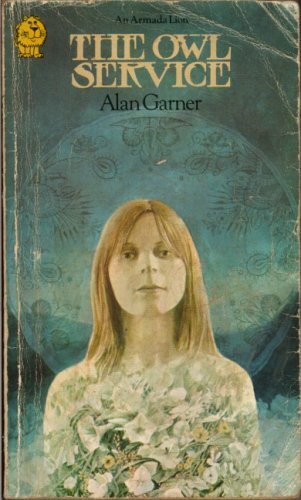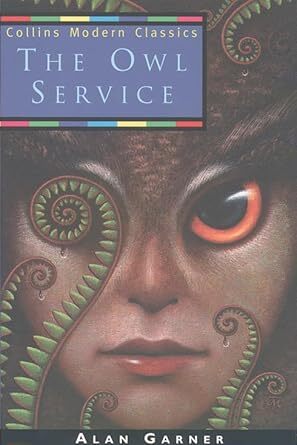What do you think?
Rate this book


219 pages, Paperback
First published January 1, 1967






"Possessive parents rarely live long enough to see the fruits of their selfishness."
-- 1965 quote from Radio Times used as an epitaph for The Owl Service
"Was The Owl Service written in the past tense and the third person or in the present and the first?"